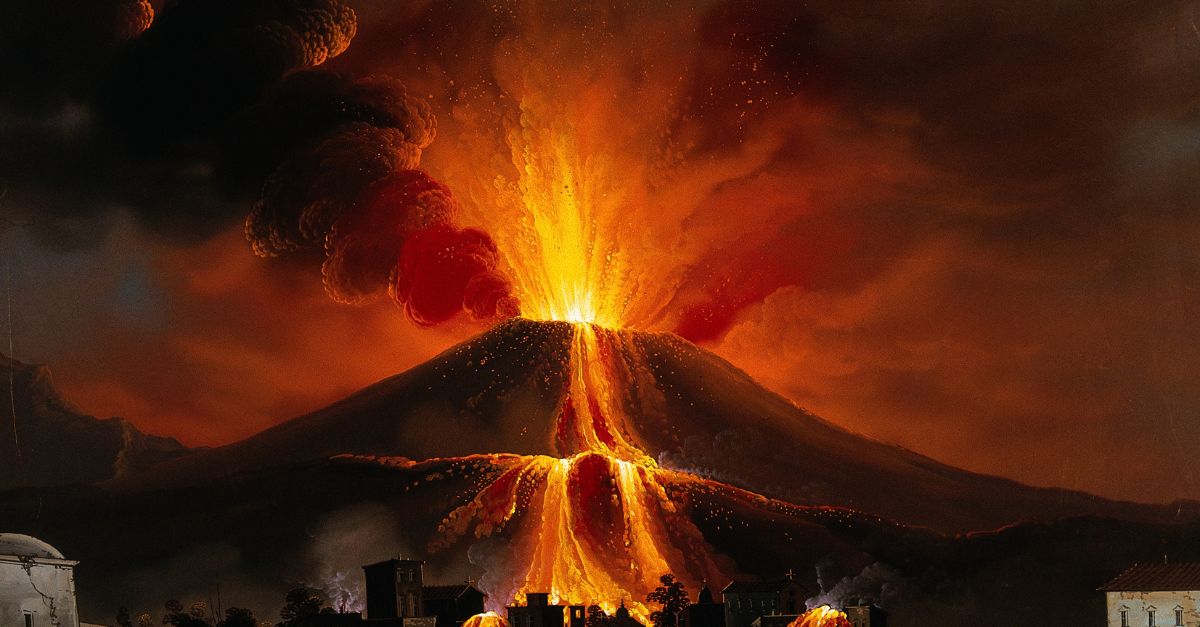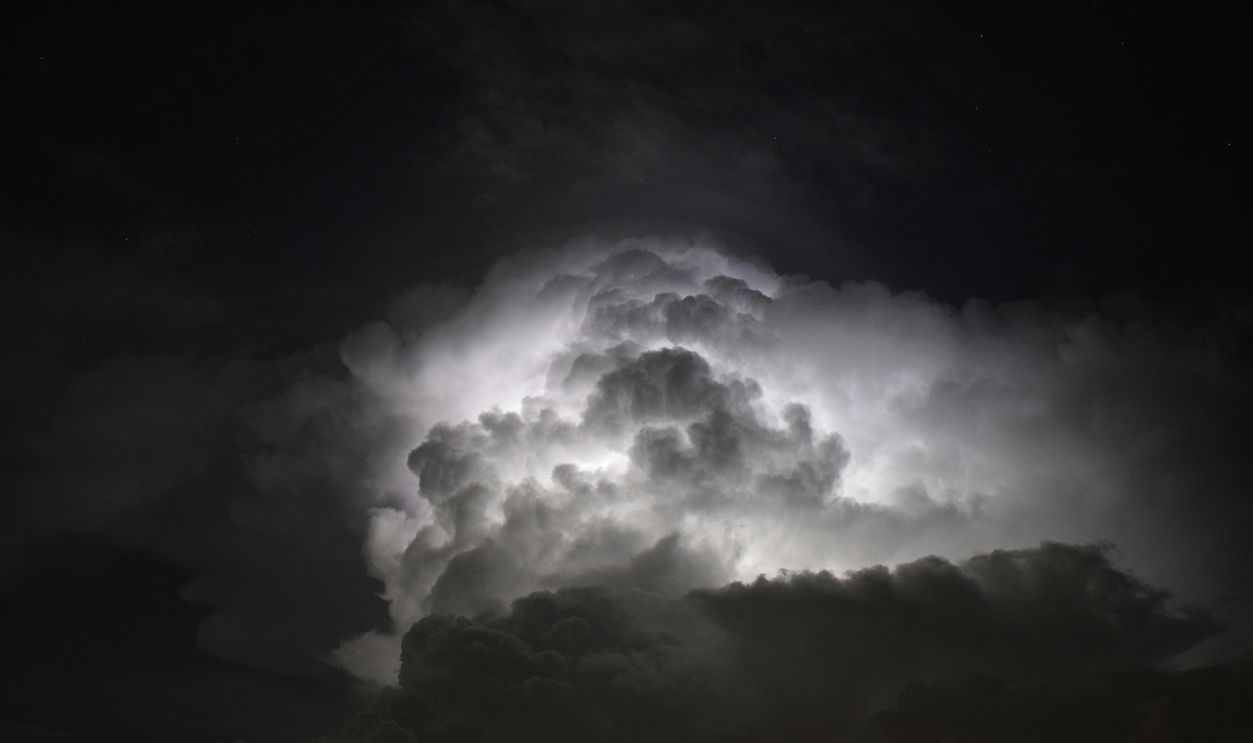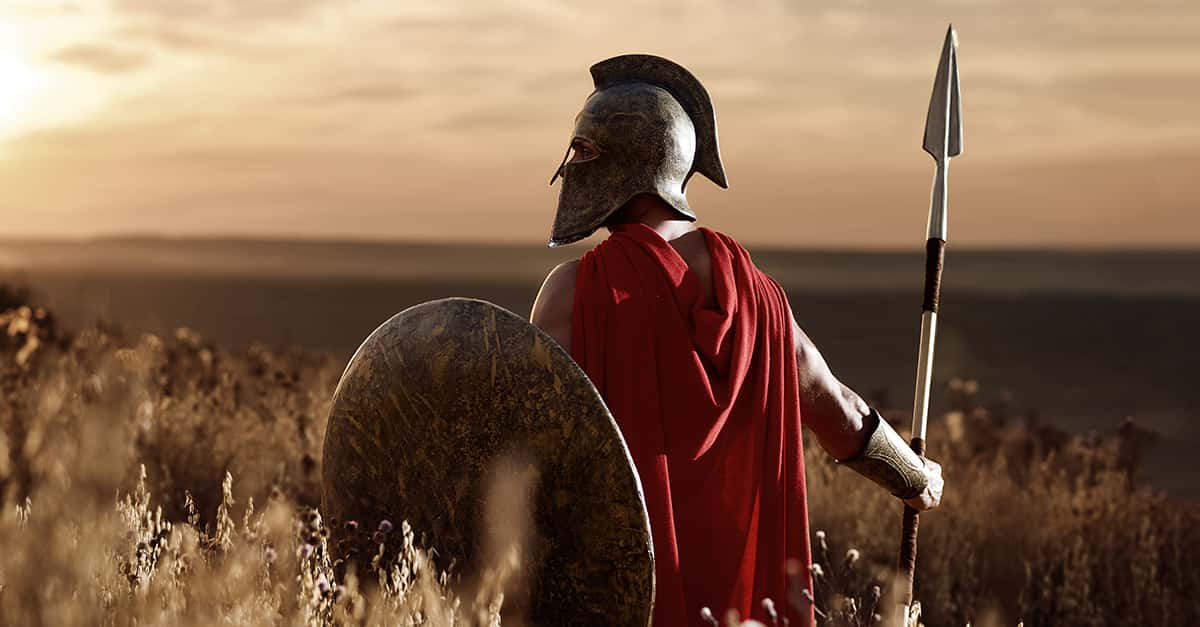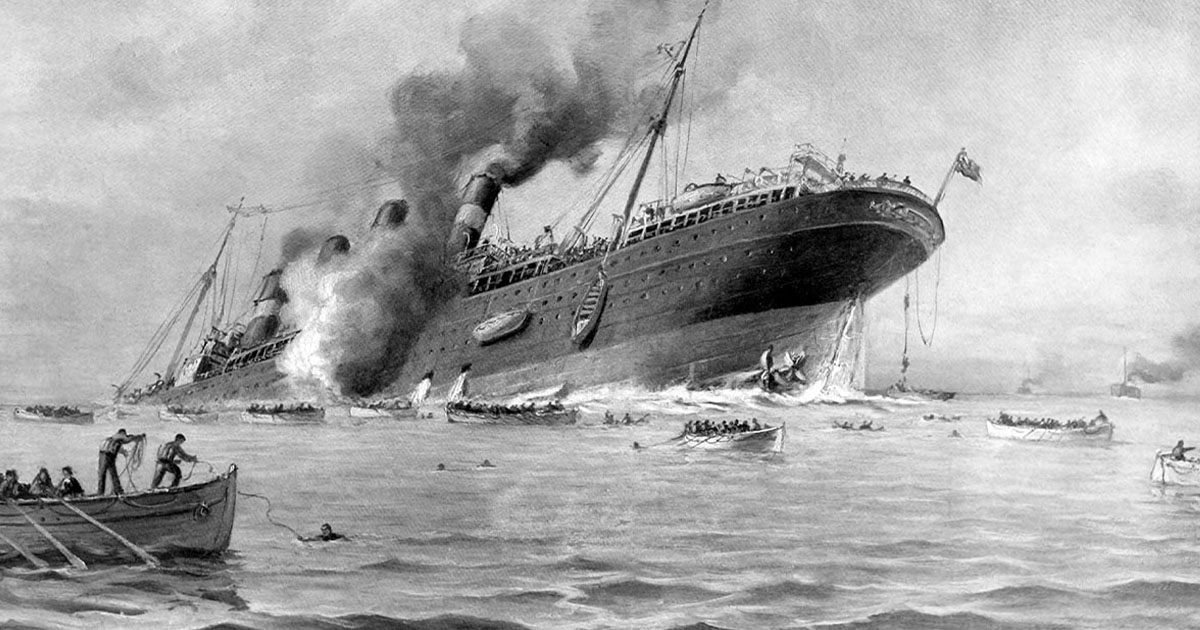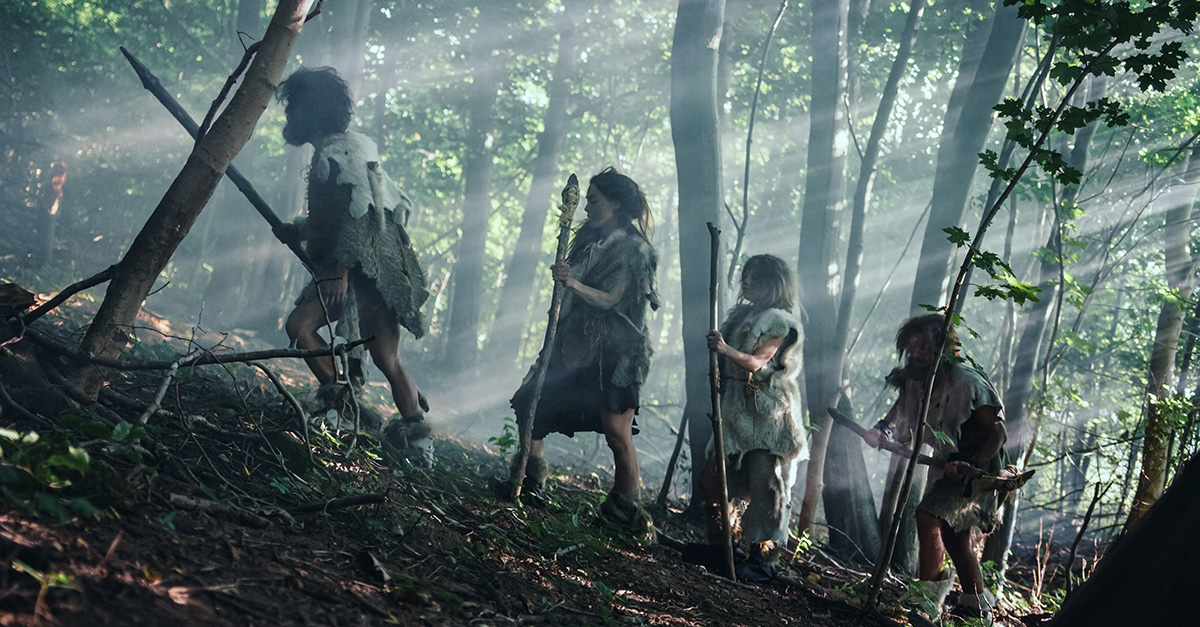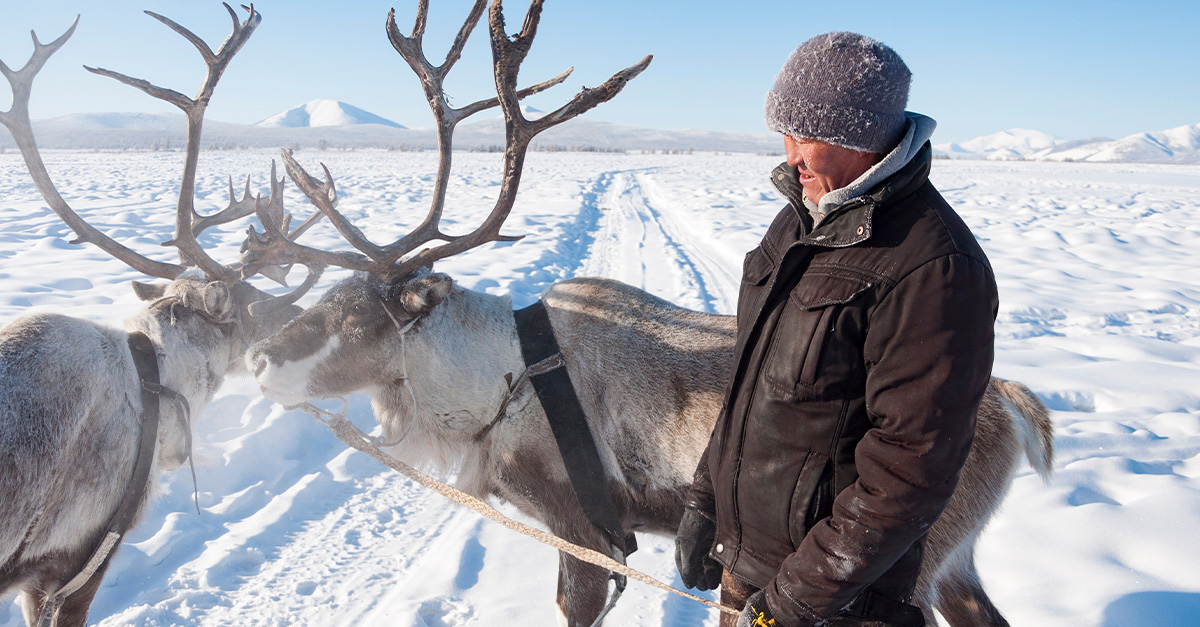How A 6th-Century Catastrophe Shaped The Modern World
People of the 6th century woke up, not knowing that their lives would be forever modified. Before they could tell what was going on, the sun became dark, and the red rain poured from the skies. Was the world coming to an end?
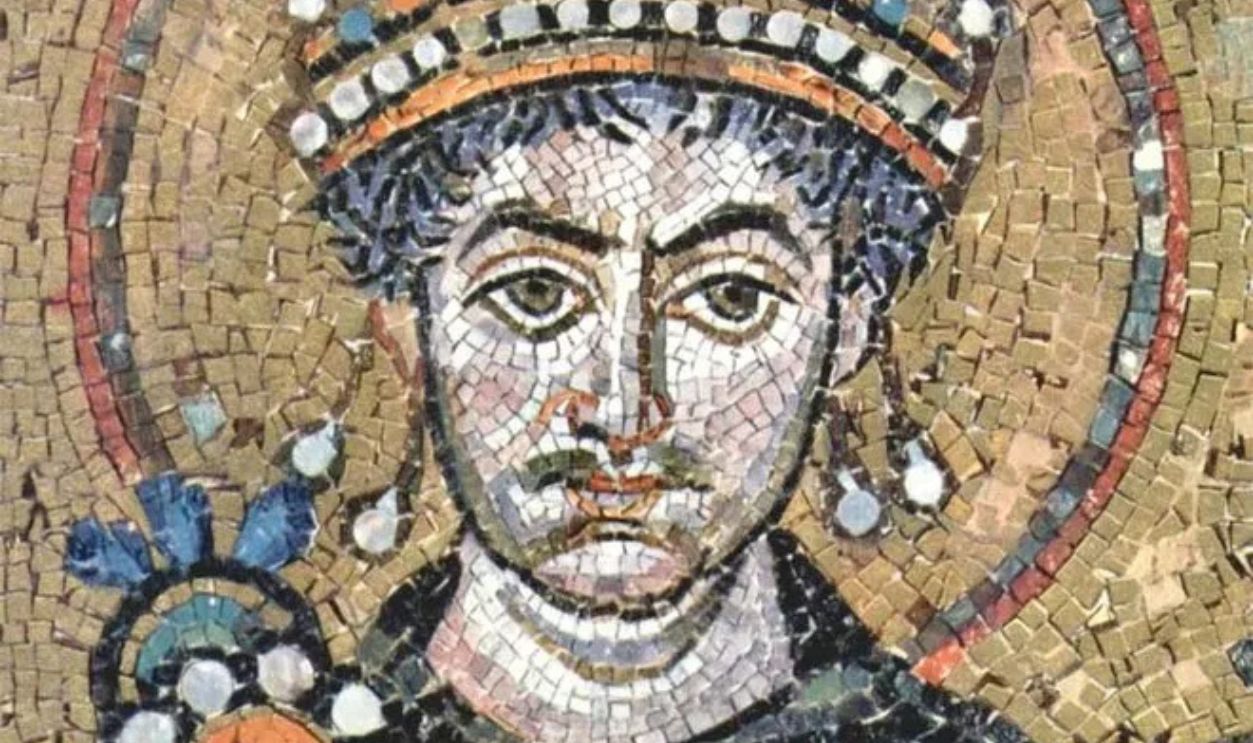
Uncertain Dates
Scholars are uncertain about the exact time these events occurred. Some sources mention that they happened in late 535 AD, while others suggest that the world became dark in 536 AD. Nevertheless, they all agree that this would mark the worst years mankind would face for decades.
 536 AD - Worst Year in History by Kings and Generals
536 AD - Worst Year in History by Kings and Generals
The Catastrophe Of The Sixth Century
What would happen if the sun disappeared for months? People of the 6th century had to find the answer as they witnessed a mysterious event that affected the entire globe. It’s often referred to as the Late Antique Little Ice Age, a period of climatic upheaval that altered weather patterns.
Our World Was Darkened
In 536 AD, the world became eerily dark for 18 months. The sun’s rays barely pierced the skies, casting an unsettling shadow over Earth. It wasn’t a temporary eclipse or a simple cloud cover but a profound global phenomenon.
By The Volcanic Winter
Ash and dust from a massive volcanic eruption were sent high into the atmosphere, and they blocked sunlight and triggering a volcanic winter. The result? A dramatic drop in temperatures worldwide impacted many people. Some scholars believe this is one of the causes behind the fall of the Roman Empire.
The Real Dark Age Began
The lack of sunlight severely impacted agriculture and caused crop failures, mass famine, and food shortages. In Rome, people described the sun as appearing pale or sickly. Historians and scientists agree that this period of darkness led to widespread societal strain.
Blood Rains And Dust Clouds Engulfed The Earth
As the sky darkened, the Earth itself seemed to be in turmoil. Reddish rain, caused by dust particles in the atmosphere, fell across the planet. These bizarre weather patterns, along with dust storms, gave rise to the ancient accounts of “the end of the world”.
 The Mystery Volcanic Eruption in 536; The Year of Hell by GeologyHub
The Mystery Volcanic Eruption in 536; The Year of Hell by GeologyHub
Europe And Africa Suffered Massively
In Europe, the cold led to shorter growing seasons and an inability to harvest enough food, which directly contributed to famine. Meanwhile, across Africa and Asia, drought exacerbated existing water shortages and created conditions ripe for civil unrest and the collapse of smaller kingdoms.
It Wasn’t The Wrath Of The Gods
Many ancient scholars and historians wrote about the phenomenon and described it as something related to the wrath of the gods. As a matter of fact, such accounts existed in several parts of the world that never shared the same beliefs.
But We Know Better
Scientists have only recently begun to study some clues, yet the exact cause still eludes us. Although some sources mention that this disaster was caused by a comet, others suggest it could have been a comet. Scientists and archaeologists should work together to reveal the truth.
A Detective Of Climatic Catastrophes
David Keys has earned the title of “climate detective” for his groundbreaking work unraveling the mystery of the 6th-century climate disaster. What makes Keys’ work so compelling is his ability to combine the study of ancient texts with modern scientific methods, such as dendrochronology or tree-ring dating.
He Used Tree Rings As Silent Witnesses
While many of us think of trees as silent witnesses to the passage of time, dendrochronology has shown that tree rings are, in fact, critical environmental records, as they can capture centuries of climate shifts. Scientists can piece together a detailed history of Earth’s changing climate by studying these rings.
 Tree Stories: How Tree Rings Reveal Extreme Weather Cycles by Brigham Young University
Tree Stories: How Tree Rings Reveal Extreme Weather Cycles by Brigham Young University
But They Tell Us A Lot
Wide tree rings show good weather, while the narrow ones prove that trees were unable to grow. During the global climate catastrophe of 536 AD, these growth rings showed significant anomalies. By examining the rings of trees from around the world, researchers have confirmed a sudden and sharp cooling.
 Tree Stories: How Tree Rings Reveal Extreme Weather Cycles by Brigham Young University
Tree Stories: How Tree Rings Reveal Extreme Weather Cycles by Brigham Young University
A Revolutionary Discovery
In dendrochronology, a few names stand out, like Mike Bailey. His research centered on studying the growth patterns in tree rings from oak trees in Ireland, and he found something extraordinary. A dramatic halt in tree growth happened around 536 AD.
 Live Irish Myths in Conversation episode #11: Mike Baillie by mythicalireland
Live Irish Myths in Conversation episode #11: Mike Baillie by mythicalireland
It Took Him 14 Years
By building a unique computer program, Bailey was able to understand what trees experienced during the volcanic winter. His studies of Irish oaks took 14 years to complete. However, they could tell us how the weather changed over the past 7,000 years.
 Ireland’s Native Trees - EPISODE 1 OAK by Donegal County Council
Ireland’s Native Trees - EPISODE 1 OAK by Donegal County Council
And It Wasn’t Just In Ireland
The studies showed that trees in the Sierra Nevada Mountains experienced stunted growth, and the same happened to the trees in Chile and Siberia. In these far-flung locations, ancient trees showed signs of halted growth and abnormal ring patterns, pointing to the same catastrophic climate event.
 Terabass, CC BY-SA 3.0, Wikimedia Commons
Terabass, CC BY-SA 3.0, Wikimedia Commons
Humanity’s Response To Crisis
As the 6th century’s climate catastrophe unfolded, humanity’s response was not merely passive. Archaeological findings reveal that people in regions like Ireland and Scotland sought refuge in crannogs—man-made islands built in lakes. These fortified dwellings protected them during a time of mysterious powers.
 Christine Westerback / Crannog / CC BY-SA 2.0, Wikimedia Commons
Christine Westerback / Crannog / CC BY-SA 2.0, Wikimedia Commons
Roman Records Speak Of An Ominous Darkened Sun
Among the many ancient records that describe the 6th-century climate catastrophe, Roman accounts stand out. Roman writers described the sun as darkened for an extended period, casting an eerie pall over the Roman Empire. The descriptions in these ancient records help us understand the fear that people experienced.
Eastern Empires Echoed The Disaster
Eastern empires in Japan and China also experienced the catastrophic consequences of the climate shift. While the West spoke of the darkened sun and failed crops, Eastern records tell similar tales of famine. Chinese records describe “yellow dust” clouds, possibly volcanic ash, that blanketed much of the world.
Speculating Causes
Scientists wondered what caused the disaster: an asteroid impact or volcanic eruption. The asteroid hypothesis suggests that an object from space could have hit the Earth and thrown debris into the air. Alternatively, multiple volcanoes could have erupted around the same time to spew ash and sulfur into the atmosphere.
The Asteroid Or Comet Theory Isn’t Very Popular
Scientists are still debating the merits of each theory, but the challenge lies in the fact that there may be no direct evidence of the impact itself, such as a large crater. Moreover, if such a big object had landed in the ocean, the initial tidal damage would have swept through multiple towns.
The Polar Ice Caps Could Tell The Truth
One of the most significant sources of evidence for understanding the 6th-century climate catastrophe comes from ice cores extracted from the polar regions. Research from Greenland and Antarctica shows the presence of volcanic aerosols, which are believed to have spread across the globe.
 NASA Goddard’s Scientific Visualization Studio, Wikimedia Commons
NASA Goddard’s Scientific Visualization Studio, Wikimedia Commons
The Misleading Calm Of Modern Times
Scientists highlight that most volcanoes have been quiet for the last century. However, historical records show that every 1000 years or so, a catastrophic event takes place to change the plant for its inhabitants. The 6th-century event just happens to be the latest one.
An Equatorial Eruption Might Have Changed The World
Studies showed that only a volcanic eruption happening around the equator would have this massive force. Why? Only equatorial winds can carry the ash and sulfur dioxide to cover whole continents, thanks to atmospheric circulation patterns.
Pinpointing The Culprit Volcano
Some records in China spoke of a loud bang that happened in the 6th century. However, The Book of Kings from ancient Java provided more context. The text spoke of a massive wave that later subsided to reveal that the land was split in half.
Could It Be Krakatoa?
One of the most famous volcanoes, Krakatoa, has long been associated with catastrophic eruptions. While the eruption in 1883 is the most well-known, researchers believe that Krakatoa may have played a key role in the 6th-century climate disaster, in what Ancient myths described as a “fire from the heavens”.
 Lithograph: Parker & Coward, Britain;, Wikimedia Commons
Lithograph: Parker & Coward, Britain;, Wikimedia Commons
Charcoal Dating Was Needed
Charcoal dating, which determines the age of ancient volcanic events, plays a big role in pinpointing the timing of the eruptions that caused the 6th-century climate crisis. Nevertheless, finding enough samples was challenging as the area hardly settled, with only small pieces of land peaking above sea level.
 cogdogblog, CC BY 2.0 Wikimedia Commons
cogdogblog, CC BY 2.0 Wikimedia Commons
It Could Definitely Be The Answer
After carefully analyzing the samples, the layers showed two massive eruptions: One happened around 6000 BC, and the other close to 1215 AD. Studies also showed that there was probably another major event between 0 and 1000 AD, which perfectly aligns with a 535 AD eruption.
So, How Did It Affect The Globe?
David Keys’ studies showed that the power of this eruption would have been equal to the power of 2000 million Hiroshima-sized nuclear bombs. By analyzing tree rings, charcoal dating samples, ice, and ice witness accounts, scientists can draw a relatively accurate picture of what really happened.
 509th Operations Group, Wikimedia Commons
509th Operations Group, Wikimedia Commons
A Giant Red Cloud
Thanks to computer simulation, scientists can now assess the magnitude of the volcanic eruption. It shows that a 30-mile red fountain of molten rocks covered the countryside while magma fell over thousands of miles, killing people and other living creatures.
That Just Kept Growing
The ash created a massive mushroom cloud that eventually blocked out the sun, just like a nuclear winter. The fine dust would stay suspended as long as the air is moving. This is why the atmosphere became drier as the sun wasn’t able to evaporate water from the oceans.
It Was Time To Reflect On History
Leaving volcanic studies behind, Keys decided to dig deeper into historical texts that spoke of societies getting into chaos. For example, despite the flourishing of the Late Roman Empire, 542 AD saw the spread of a deadly disease that killed millions, later known as the Plague of Justinian.
 Josse Lieferinxe, Wikimedia Commons
Josse Lieferinxe, Wikimedia Commons
A Monk Described It
A monk called Evagrius described the symptoms of what doctors would later identify as the Bubonic Plague. This happened 7 years after the dark cloud, when flees transmitted the bacteria from rats to humans, particularly in Ethiopia. The plague then traveled with people on ships and via trade routes.
 Leuven: Peeters, 1997, Wikimedia Commons
Leuven: Peeters, 1997, Wikimedia Commons
The Ivory Trade Was To Blame
As a matter of fact, the Roman’s greed for ivory brought the plague to Europe. Constantinople was devastated, and people had to dispose of more than 10,000 bodies every week. Unfortunately, as people tried to escape the plague, they took it to other cities and towns.
 Viking Trade in the Mediterranean: Elephant Ivory by JORVIK Viking Centre
Viking Trade in the Mediterranean: Elephant Ivory by JORVIK Viking Centre
The Avars In Euroasia Further Proved The Theory
The Avars depended on their horses for life and controlled Euroasia for years. However, in 552 AD, they were suddenly overpowered by the Turks. The differences between the digestive systems of cattle and horses show that horses might have suffered more as cows are able to digest more efficiently.
 Ad Meskens, CC BY-SA 3.0, Wikimedia Commons
Ad Meskens, CC BY-SA 3.0, Wikimedia Commons
No Food For The Horses
Keys explained that this could have been related to the decline in horses’ health due to the lack of proper vegetation because of the drought. After their defeat, the Avars left Mongolia and made their way to the Balkans, eventually becoming the strongest tribe.
Constantinople Was In Great Danger
The barbarians made their way to Constantinople, which was already weakened by the plague. But instead of fighting, the Avars chose to accept some gold. Historians believe that they managed to take what is equivalent to 7 billion pounds worth of gold.
And It Wasn’t The Only City
Another major city, Teotihuacán, suffered from the aftermath of the global winter. It was a massive city in the Central Mexican Plateau with more than 125,000 inhabitants. Studies of skeletons show that the population, especially babies, suffered a severe decline in health.
 Daniel Case, CC BY-SA 3.0, Wikimedia Commons
Daniel Case, CC BY-SA 3.0, Wikimedia Commons
No Tree Rings To Prove It, Though
Although there were no tree rings to prove a catastrophic climate event, lake deposits from the Yucatán Peninsula show a drought that lasted for a few decades. Moreover, the river levels in nearby regions show that the late 6th century marked the lowest levels in 3000 years.
 Arpingstone, Wikimedia Commons
Arpingstone, Wikimedia Commons
The People Had Gone Mad
Under these tense conditions, the people of Teotihuacán rose against their leaders. They destroyed the palaces and temples, probably because they thought that the priests were supposed to make rain. This civil unrest matches the one that happened in Europe.
It Also Happened In Britain
The Celts were fighting the Ango-Saxon invasion. Accounts speak of dead people and empty villages with trees dying and dark skies. Trees didn’t bear fruit, and crops didn’t grow. Mentions of a Wasteland are attributed to Arthur’s death, but could it be the global winter?
 Budhiargomiko, CC BY-SA 4.0, Wikimedia Commons
Budhiargomiko, CC BY-SA 4.0, Wikimedia Commons
Celtic Britons Were More Exposed
Due to trade with the Roman Empire, the Celtic Britons were exposed to the plague, which caused pustules in the armpits and left people to die in agony. This caused a population reduction that enabled the Anglo-Saxons to move West without much resistance.
The Catastrophe Could Also Be Linked To Religions
At the beginning of the 6th century, Yemen was the most significant power in Arabia. But after 535 AD, Yemen suffered from drought and subsequent floods that crushed its Marib Dam and the country’s power. People migrated, and Medina became the new center of the region with the evolution of Islam.
 H. Grobe, CC BY-SA 3.0, Wikimedia Commons
H. Grobe, CC BY-SA 3.0, Wikimedia Commons
So, Are We Safe?
Anticipating another volcanic eruption that could change the world as we know it is not fantasy. We know that tens of volcanoes exist, and their eruption date is overdue. Some signs, like the shaking of the ground in California and the die-off of forests, show us that we should be careful.
 Ventura County Fire Department Public Information Officer, Wikimedia Commons
Ventura County Fire Department Public Information Officer, Wikimedia Commons
People In Italy Should Think About It
Besides Mount Vesuvius, there’s a massive caldera near the northern region of Naples, Italy, where thousands of people live. The last eruption happened in 1538, when 3,000 people died from the initial explosion. But would another eruption have the same effect?

